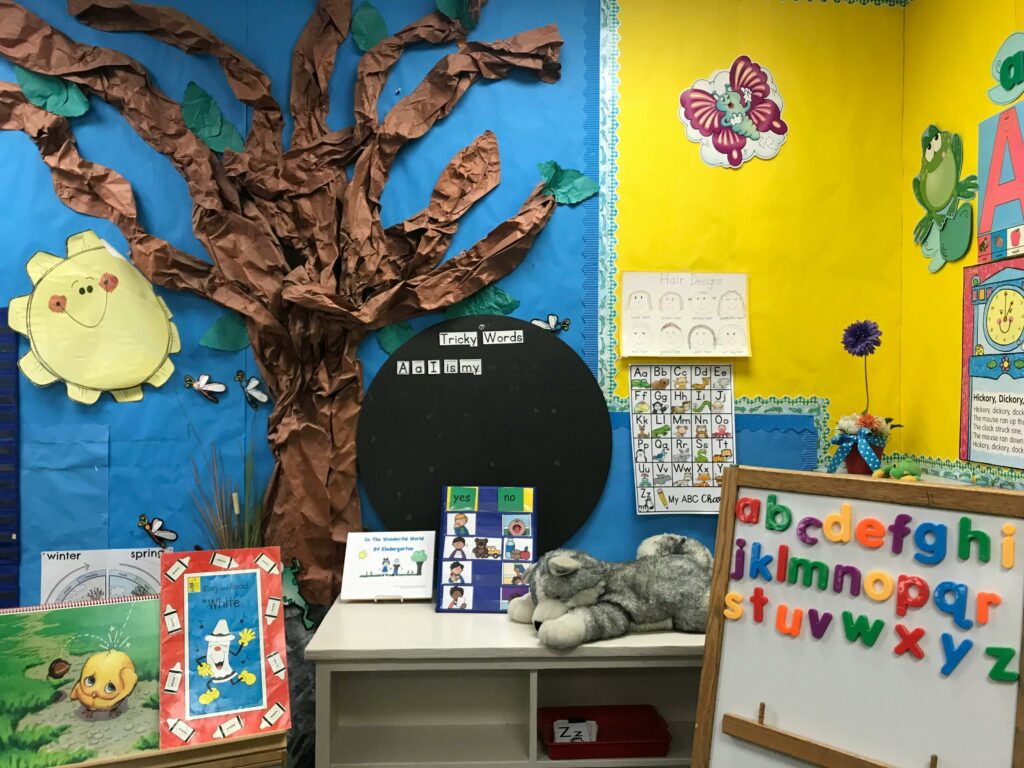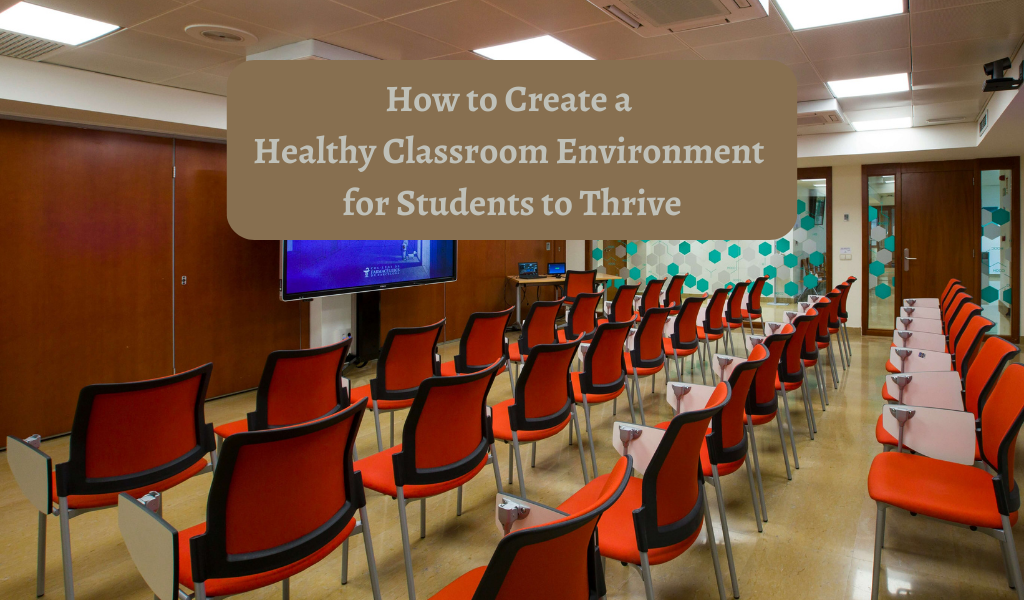A healthy classroom environment is vital for student success. Here’s how your work creates that environment.
If there is such a thing as a germ factory, it’s a space with a group of people working together in a small, closed room. The idea of maintaining a healthy classroom environment is challenged by runny noses, coughs, and sneezes. From preschool to college, kids, young adults, and teachers are prime hosts for cold and flu germs.
There’s more to it than colds and flu, as well. In 2019, a measles outbreak near Portland, Oregon left dozens of people infected. In 2023, Duke University reported more than 60 cases of students infected with Hand, Foot, and Mouth Disease.
Outside of viruses, students are also impacted by allergens such as dust, pollen, and mold. Depending on the severity, these allergens can cause mild irritation or lead to full-blown asthma attacks, headaches, and other health issues.
This isn’t news to you if you work in an educational setting. Likewise, you already know that a healthy classroom environment can help reduce or even eliminate bacteria, viruses, germs, and allergens.
The question, then, is how do you create this environment? When you have competing priorities, limited resources, and an ever-changing set of circumstances, it’s easy to feel like you’re running in circles like the proverbial headless chicken. It’s enough some days just to meet the baseline.
Is it possible to take those extra steps to ensure a healthy classroom environment? For that matter, is it even that important? Will your efforts really make a difference?
From workloading to maintenance schedules, Janitorial Manager can help you organize your entire educational cleaning operation. Schedule a free call with Janitorial Manager and make your work easier and more profitable.

3 Reasons a healthy classroom environment is vital for students (and your team)
The positive impact of a healthy classroom environment is immense. Numerous studies back this up and show that students thrive in a clean, neat classroom. That’s true from the first days of kindergarten through college graduation.
1. Students can pay attention to classwork. A study conducted by researchers at Brigham Young University, Earlham College, and co-sponsored by ISSA found that 88% of students are distracted by mild uncleanliness.
2. Healthier students. That same BYU study found that 78% of students reported higher stress and increased health problems in neglected and untidy spaces.
3. Happier students and staff. The state of Tennessee published a report pointing out that the physical environment can have a huge impact on students and teachers. The authors write that negative environmental factors, such as dirty or neglected spaces, “produced negative feelings toward work and general dissatisfaction. If these negative factors were allowed to persist, [students] could become disinterested and passive, or even bitter and antagonistic.”
There are additional positive impacts of a healthy classroom environment, but these three offer a good overview of why your work is so vital. Now, let’s move on to the “how” of making this happen.
Getting the job done: How to make the classroom a healthy space
A healthy classroom environment isn’t a mystery, at least from a janitorial perspective. Your checklist likely includes cleaning and disinfecting high-touch surfaces, mopping floors, spraying down desks, and dusting windowsills and air vents.
You may even be responsible for changing HVAC filters, sanitizing food prep surfaces in some classrooms, maintaining hand sanitizer stations, and more.
Likewise, you recognize the importance of factors like green cleaning products. These products generally leave behind fewer environmental contaminants as compared to traditional chemical cleaners. Your team works to prevent cross-contamination, and they open windows when possible to bring fresh air into classrooms.
The problem, however, is that it’s challenging to focus on things like dwell time or those random monthly tasks when you’re already working at capacity. The good news is that there are strategies that can help.
Here are 4 ways to create a healthy classroom environment, even when you’re short-staffed, overworked, and out of time.
1. Use janitorial software. The simple fact is that paper will only get you so far. When you need to work efficiently and track tasks and times, paper checklists and notes just can’t keep up. With software like Janitorial Manager in place, you can update checklists on the fly, get real-time reports, and ensure the job gets done.
2. Use QR Codes. QR codes aren’t just for restaurant menus! Tools like QR codes can help you and your team stay on top of individual classrooms or sections of buildings. A quick scan can give you checklists for each space and updates on what work has already been completed. That way you aren’t duplicating efforts or skipping spaces because you think they’re done.
3. Use a color-coded system. Color-coded cleaning systems help prevent cross-contamination. They help avoid issues like accidentally mixing cleaning products. And they improve efficiency since your team doesn’t have to refresh cleaning supplies as often.
4. Streamline your workflow. This will look different for everyone. However, there are usually a few ways you can streamline your workflow, leaving more time for in-depth tasks. For example, rather than lugging vacuums up and down stairs several times per shift, do all your vacuuming on one floor at a time. If you carry your supplies, invest in a cart or two so you can bring those supplies with you and save time on walking back and forth. Take a close look at your workflow and you’ll likely find at least a few areas that you can improve.
A healthy classroom is possible. And your entire operation will benefit from working toward that goal.
Make health and wellness the core of your school janitorial strategy. Schedule a free call with Janitorial Manager to learn how mobile-friendly janitorial software can help your team improve conditions for everyone.

